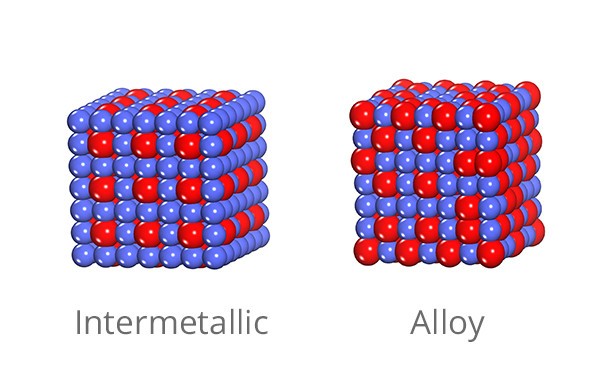Catalysts are a crucial topic in chemistry, often introduced in high school and explored in greater depth in college-level courses. Understanding when and how this topic is typically covered can help students prepare for their chemistry education. This article will explore the typical curriculum progression for learning about catalysts.
Introduction to Catalysts in High School Chemistry
A basic introduction to catalysts usually begins in high school chemistry courses. Students typically learn the definition of a catalyst: a substance that speeds up a chemical reaction without being consumed in the process. Key concepts covered at this level include:
- Definition and function of catalysts: How catalysts lower activation energy and increase reaction rates.
- Examples of common catalysts: Students might encounter examples like enzymes in biological systems or metal catalysts in industrial processes.
- The difference between homogeneous and heterogeneous catalysts: This distinction helps students understand how catalysts interact with reactants.
- Basic applications of catalysts: This might include discussions of catalytic converters in cars or the role of catalysts in industrial production.
 alt
alt
Deep Dive into Catalysts in College Chemistry
College-level chemistry courses delve significantly deeper into the intricacies of catalysts. Topics covered at this level may include:
- Catalyst characterization techniques: Students learn various methods to analyze and characterize catalysts, such as X-ray diffraction, spectroscopy, and microscopy.
- Mechanisms of catalysis: In-depth exploration of how specific catalysts function at a molecular level. This might involve studying reaction intermediates, transition states, and kinetic models.
- Catalyst design and synthesis: Advanced courses may cover strategies for designing and synthesizing new catalysts with desired properties. This often involves computational modeling and advanced synthetic techniques.
- Industrial applications of catalysis: A more comprehensive look at the role of catalysts in various industrial processes, including petroleum refining, polymer synthesis, and pharmaceutical production.
- Enzyme catalysis: Detailed study of enzyme kinetics, mechanisms, and regulation.
Advanced Catalyst Studies in Specialized Courses
Beyond general chemistry, specialized courses like catalysis, organometallic chemistry, and materials science provide even more in-depth coverage of catalyst-related topics. These courses may focus on specific types of catalysts, advanced characterization techniques, or cutting-edge research in catalyst design.
Conclusion: A Progressive Learning Journey
The study of catalysts in chemistry follows a progressive path, starting with foundational concepts in high school and culminating in advanced research in specialized fields. Understanding this progression can help students effectively navigate their chemistry education and prepare for future careers in research, industry, or academia. From fundamental definitions to complex mechanisms and design principles, the journey of learning about catalysts is essential for aspiring chemists and engineers.

